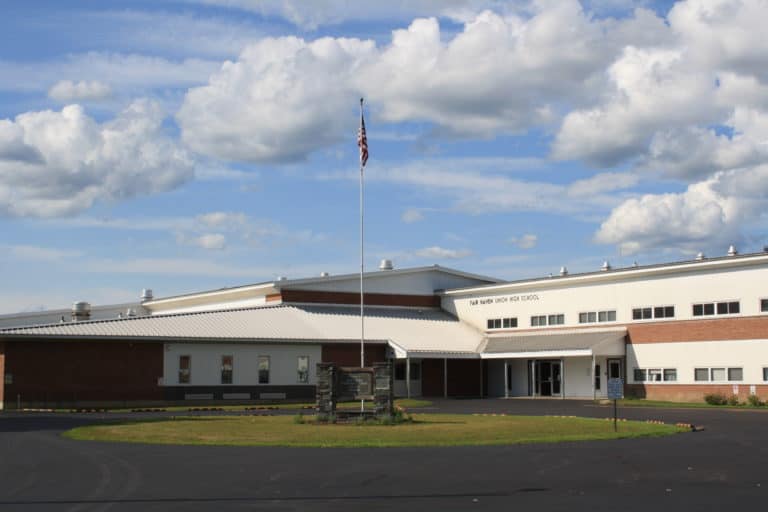By Katy Savage
Otter Valley Union High School in Brandon, Fair Haven High School and Christ the King in Rutland were among 21 Vermont schools that received hoax calls purporting to report shootings the morning of Wednesday, Feb. 8.
Slate Valley Union Supervisory Union Superintendent Brooke Olsen-Farrell said she was informed by a school resource officer around 9 a.m. that someone called the police and said a student in English class at Otter Valley Union High School had been shot.
The school resource officer cleared the students and checked the classrooms. The school put the emergency operations plan in place and determined within 5-10 minutes the threat wasn’t credible.
“Obviously, whenever you get something of that nature it does take a toll on the mental health of staff and students and parents,” Olsen-Farrell said. “No one should have to go to school or work under those kinds of circumstances.”
“We didn’t think it was viable. Typically if someone had a student or staff member injured in our classrooms there would have been multiple 911 calls. There was none of that happening.”
Olsen-Farrell immediately called Rob Evans, Vermont’s school safety liaison. “Shortly after I notified him, he informed me that there were multiple calls coming in across the state.”
Vermont State Police said the calls were received between 8:40 a.m. and 10:50 a.m. at the main line of a dispatch center, police department or town office. All of the threats were deemed not credible.
Fourteen of the threats were made against high schools, three were private religious schools, two were elementary schools, one was a middle school and one was an entire school district, according to police.
State police issued a press release on Feb. 8 explaining the initial investigation determined all the calls were placed via a voice over internet protocol (VoIP) software.
“The calls also appear to have been made by a person and are not believed at this time to have been automated,” police said in a press release.
The calls appeared to be associated with nationwide hoax phone threats of school shootings, bomb threats, and other violent events, police said.
The governor’s office, Agency of Education, Department of Public Safety, State Police, Vermont Intelligence Center and local law-enforcement agencies were working together.
The threats were still under investigation as of Feb. 14.
A day after the hoax calls, Killington Elementary School Principal Mary Guggenberger informed parents that a KES staff member had identified a potential threat.
“A threat assessment was conducted and determined to be not credible,” Guggenberger said in a note to parents around 6:30 p.m. on Feb. 9. “The relevant parties were provided adequate resources to navigate the situation.”
Guggenberger explained via an email to the Mountain Times that the threat was not a hoax and was not associated with the threats received by the other schools.
Guggenberger’s note to parents did not describe the nature of the threat. She declined to say more when asked.
“I can only tell you what I told parents, that a potential threat was identified and deemed not credible by the school safety team,” Guggenbergger said.
Gov. Phil Scott held a press conference after the hoax calls, calling them “unnerving.”
“These calls were a hoax — an act of terrorism designed to create chaos and stoke fear that can be exploited,” Scott said in a statement. “These events are unnerving for everyone — students, teachers, parents and Vermonters. We can use this energy to come together because unity is the most powerful way to ensure terrorists do not achieve their goals.”
Secretary of Education Dan French asked for community support.
“These incidents can have a significant and often traumatic impact on students, staff and families,” French said in a statement. “Schools will be working hard in the coming days to support their communities as we navigate the aftermath of this incident.”




